I made a small selection of my work in this portfolio. It contains projects done for educational purposes, as employee and a selection of projects just for fun. If you have any question, feel free to contact me at info@sanderbiesmans.nl.
Smart Socks for Rehabilitation
Master thesis - confidential
The project consists of several consortium partners contributing to the development of a wearable gait rehabilitation tool. I was responsible for the concept development, prototyping, user research, interaction design, and user experience. Further details cannot be shared due to confidentiality. The consortium partners are: IDEE, Maastricht University, MUMC+, Adelante Zorggroep, and Eindhoven University of Technology.
HUI
international workshop
GOAL: design an interactive public installation for social interaction, inspired by elements and techniques from performance arts
GROUP: Daqian Wu, Wenting Du, Fung Liu, Yang Yu, Sander Biesmans
Inspired by the differences between the Chinese and Dutch culture in poems and performance arts, our group found its inspiration in a rich emotion which is represented in natural phenomena, in many poems and in arts:
“Life is a circle. Death is birth, and birth is death. Life moves in one direction, so let’s live in this moment.”
By following the drama-story-production-installation framework of Yu Zhang, the inspiration was translated into an interactive installation, called HUI, which embodies the same values in the interaction.
The exhibition visitor can interact with the installation by rotating the lever around a pivot point. In front of the visitor an animation is shown of different life events of a fictional person. The visitor can only interact with the installation in one direction: the future. If the visitor rotates the lever fast, the life rushes by. Only if the visitor takes time to rotate the lever, the visitor can enjoy the life story at its fullest.
HUI HAS BEEN RECOGNIZED WITH THE FOLLOWING AWARDS:
- 12th China International Design Expo (2015), Wuxi, China
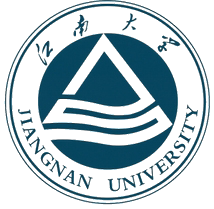 Part of permanent expositions Jiangnan University, Wuxi, China
Part of permanent expositions Jiangnan University, Wuxi, China 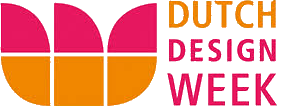 Video acknowledgement on Dutch Design Week 2015
Video acknowledgement on Dutch Design Week 2015
-
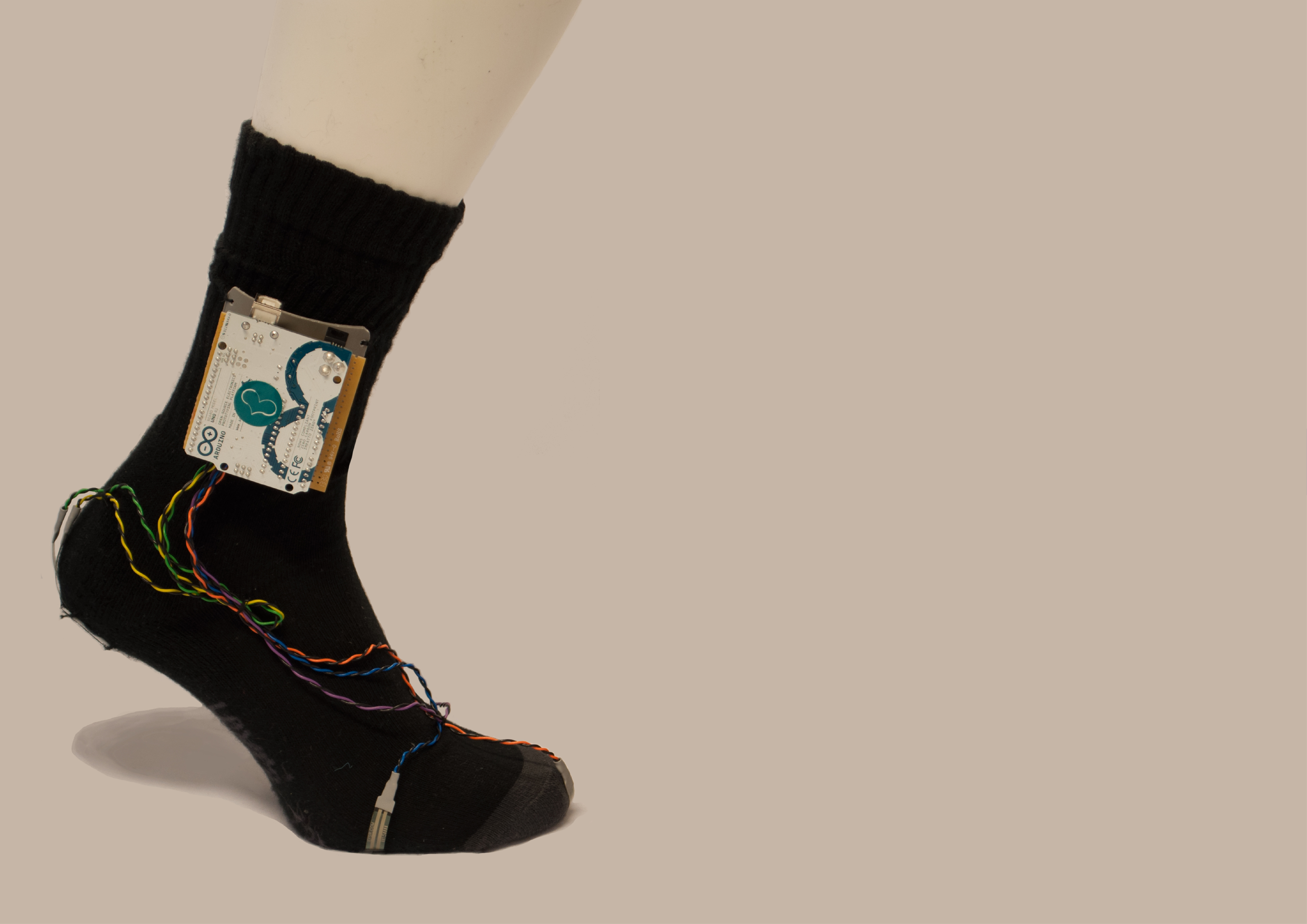
Master thesis - confidential
Smart Sock for Rehabilitation
-
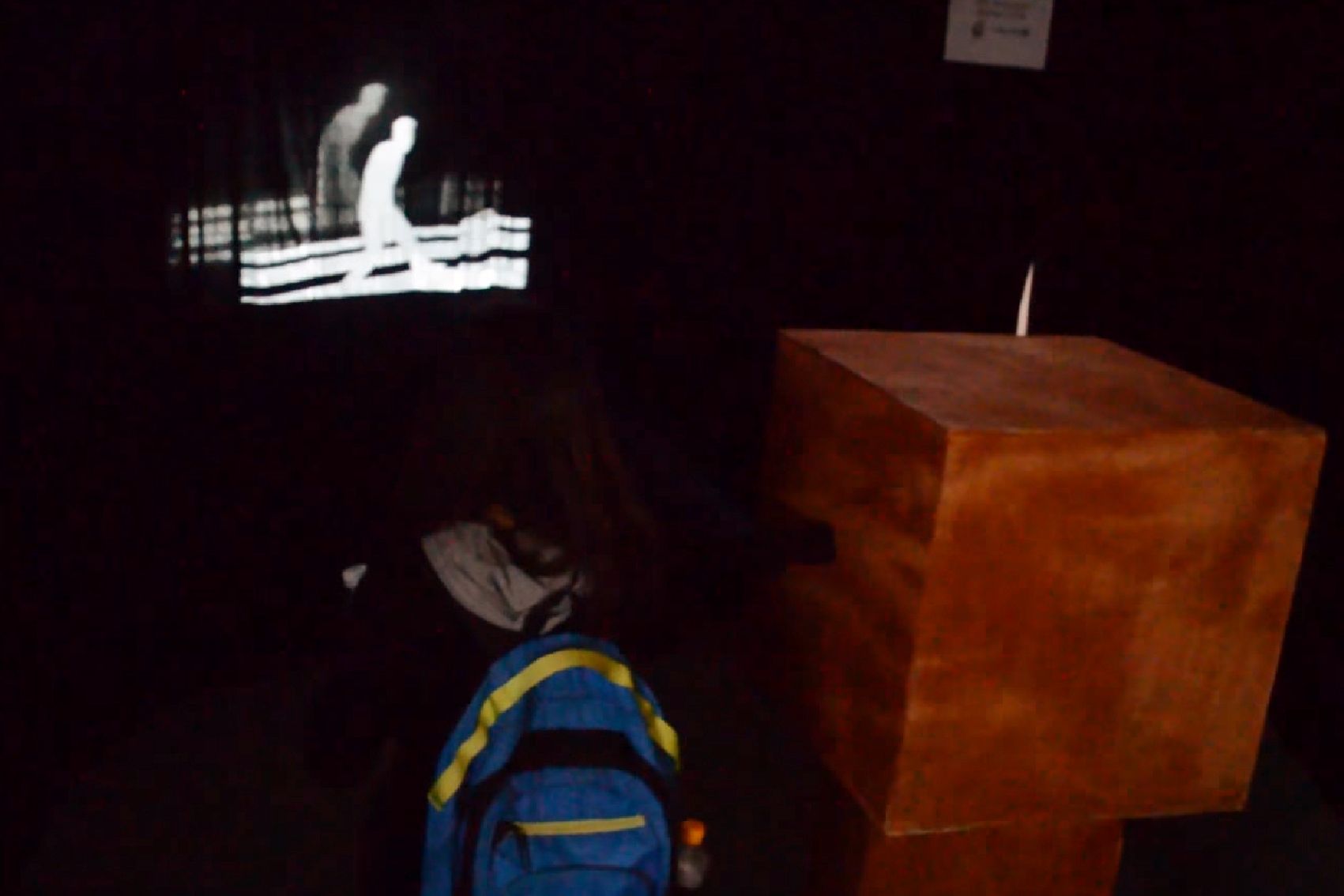
international workshop
HUI
-
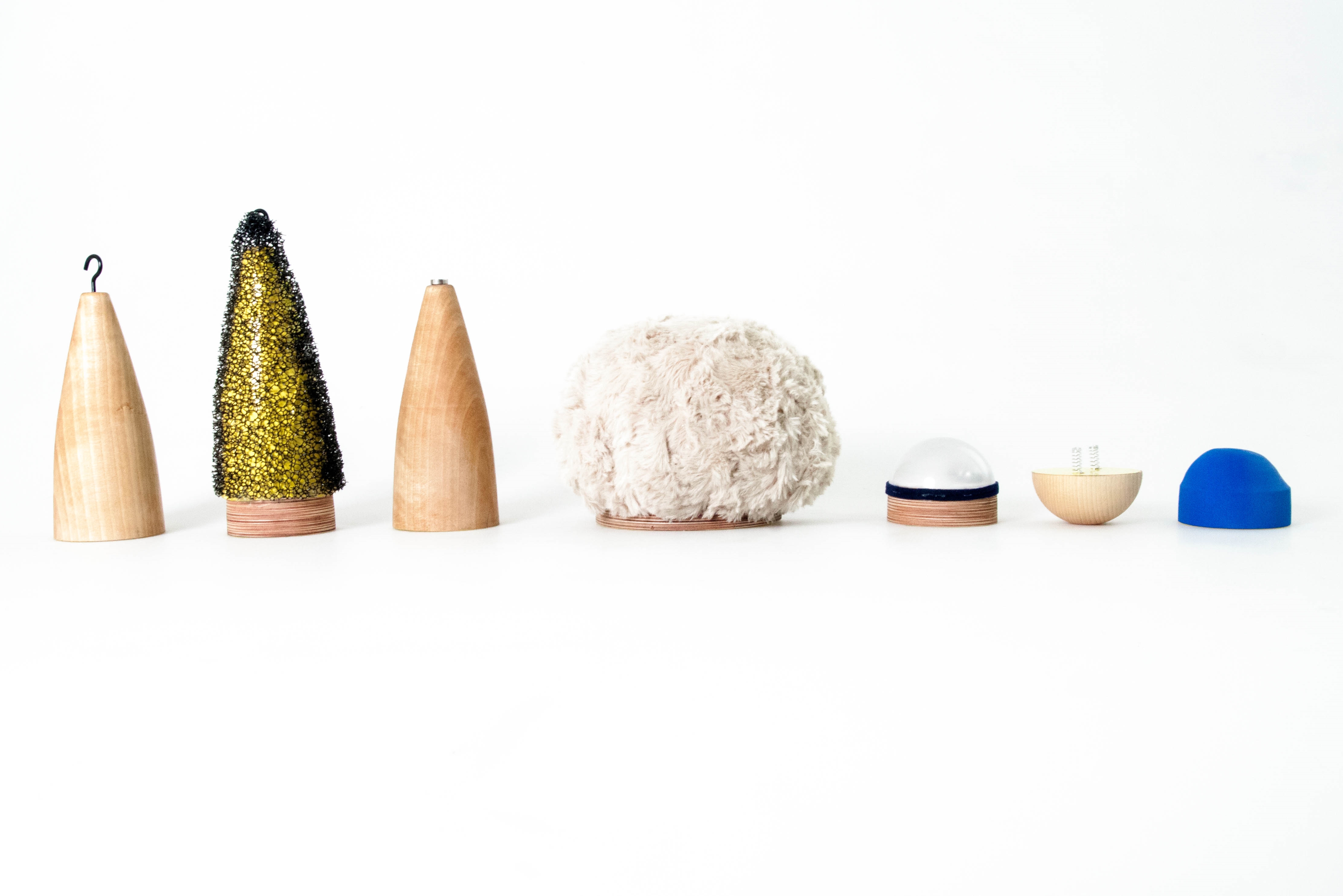
two week project
Ideating in Skills
-

two week project
Exploring Rituals
-

hackathon
JumpSpo(r)t
-

mechanical engineering
Different projects
-

volunteer work
Peru
-
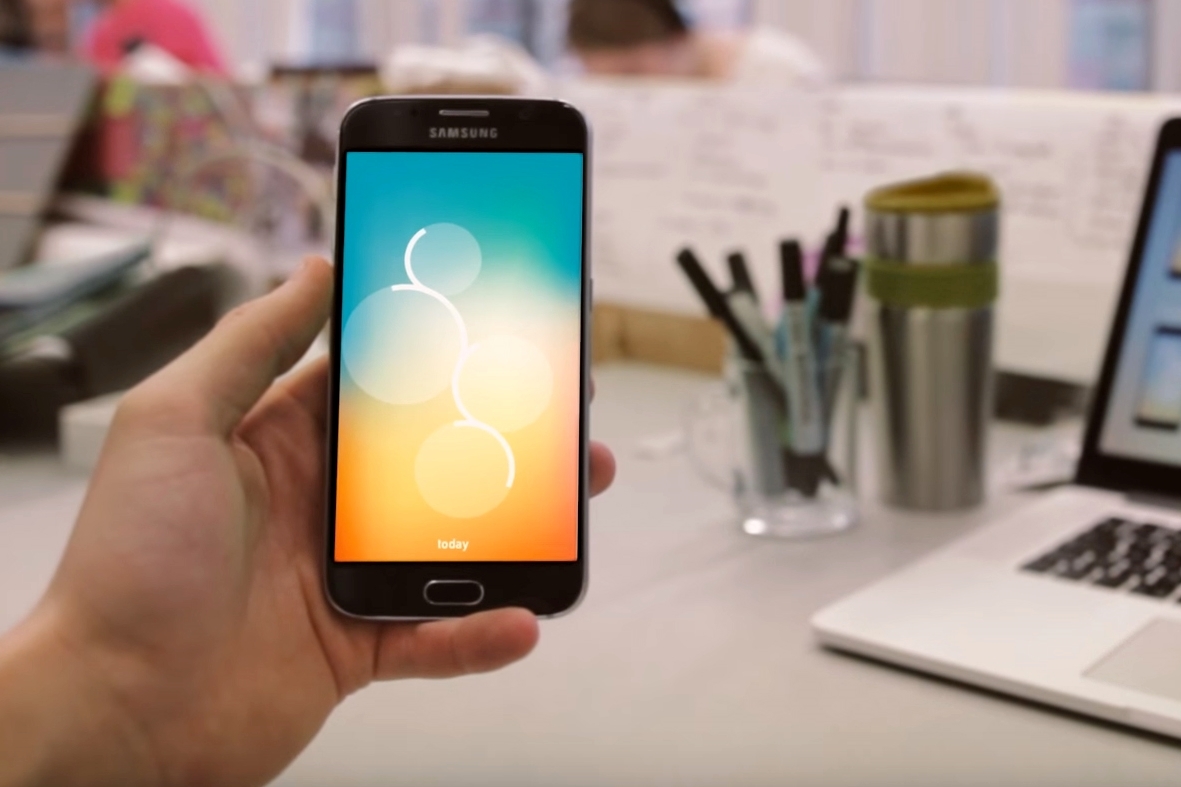
master course
PHIL
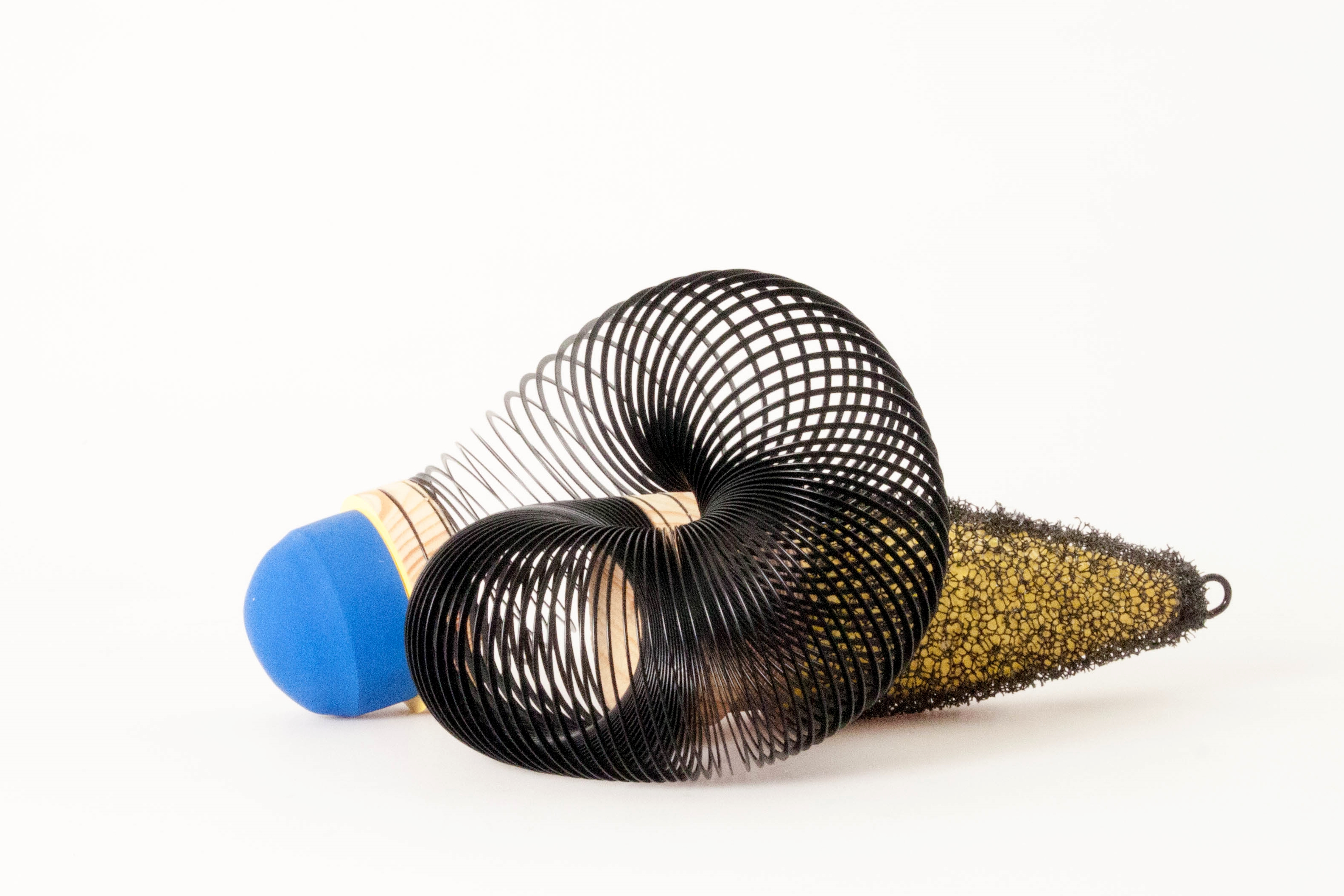
Ideating in Skills
two week project
GOAL: create a toolset; more specific an embodied design tool, aimed at supporting co-design processes
GROUP: 21 Industrial Design master students
The design process departed from theories and the Designing in Skill framework. Each student needed to select a skill/mood combination as starting point for the individual design process. My combination was control/Kung Fu. Together with other students the individual skill and mood combination was translated through movement, visualisations and poetry into a group of objects capable of “communicating” with each other. The design of the qualities of this communication was based on the findings of a series of explorations, done individually and in teams.
Based on the potential of the students' version of the toolset, a second version was created that is currently used and tested in one-on-one settings all over the world, and in multi-stakeholder settings in a creative hub in Sweden. Moreover, the toolset has been acknowledge with a published paper.
Exploring Rituals
two week project
GOAL: design a Dutch tea ritual which embodies the norms and values of the Dutch culture
GROUP:17 Industrial Design master students
From discussions with foreign and Dutch students our group derived norms and values that are typical Dutch. From quick-and-dirty prototyping and acting out the tea ritual, our final concept arose. As the envisioned tools for our tea ritual were not commercially available, our group managed to produce all ritual artifacts ourselves. I was responsible for producing the wire frame artifact.
People are always trying to understand everything with their head and being analytical, but this often does not lead to a moment of happiness. The Japanese tea ritual and our designed tea ritual focusses on this moment which enables you to experience companionship, sharing, love and happiness whereby deep thoughts will vanish.
The Dutch culture is embodied in many ways, but I shall explain a few of them. We 'Duchies' offer guests who drink coffee all additions; "do you want milk?", "do you want sugar?", "do you want strong coffee? " In our tea ritual the guest can compose their tea; which the host will prepare, from many ingredients. Moreover, the Dutch culture is very focused on time shedules, so before the tea ritual the guests receive an invitation letter with a famous stroopwafel. But the Dutch attach a lot of values on arriving on time for a meeting, and properly deal with other people's stuff. So as a guest you better be on time for the tea ritual with your stroopwafel intact.
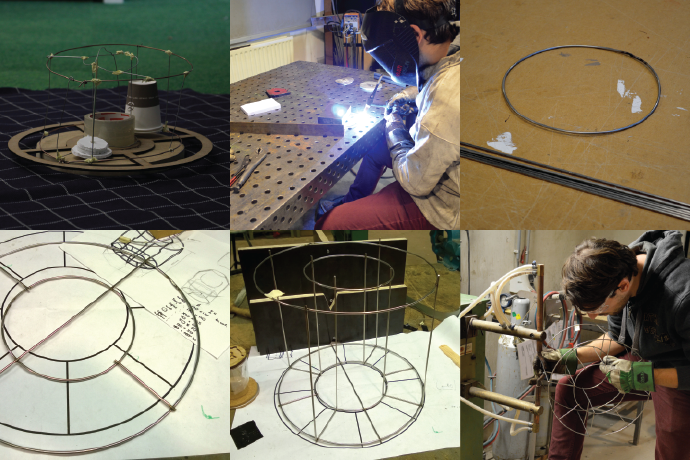
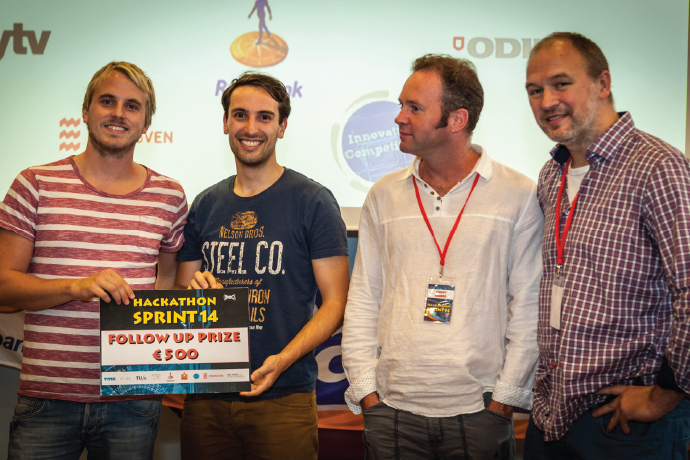
JumpSpo(r)t
hackathon
GOAL: building a simple, cheap, universal, and fast fitness test within 1,5 day
GROUP:James Caska, Marcel van Mackelebergh, Joost Hoeks, Thom van Boheemen, Sander Biesmans
I joined this team; called JumpSpo(r)t, which was led by James Caska, because the team lacked a generalist. James' idea was to build a simple, cheap, universal and fast fitness test based on jump-time. During 27 hours I took on several roles to support the design process: mechanical engineer, designer and electrical engineer. From quick-and-dirty prototyping our group moved towards the final design. After 27 hours we proved our concept with a working prototype and self-gathered data that showed the correlation between jump-time and fitness. Within this time frame we iterated the prototype several times, build an online data analyst tool and worked out a business case.
The concept exist of a small textile pressure button connected to a microcontroller; placed inside an USB-stick casing along with several LEDs. The user needs to step on the textile button. The lights will indicate when the user can jump. It is important that the user lands on the textile button after jumping. The microcontroller calculates the time the user is air-born, and illuminates LEDs corresponding the time classification. With a mobile application the user can detect and store the LED-indication. Along with the user's weight, height, gender and age, it enables the application to give an indication of your overall fitness.
Our group won one of the runner-up prizes and a consultancy meeting with InnoSportLab.

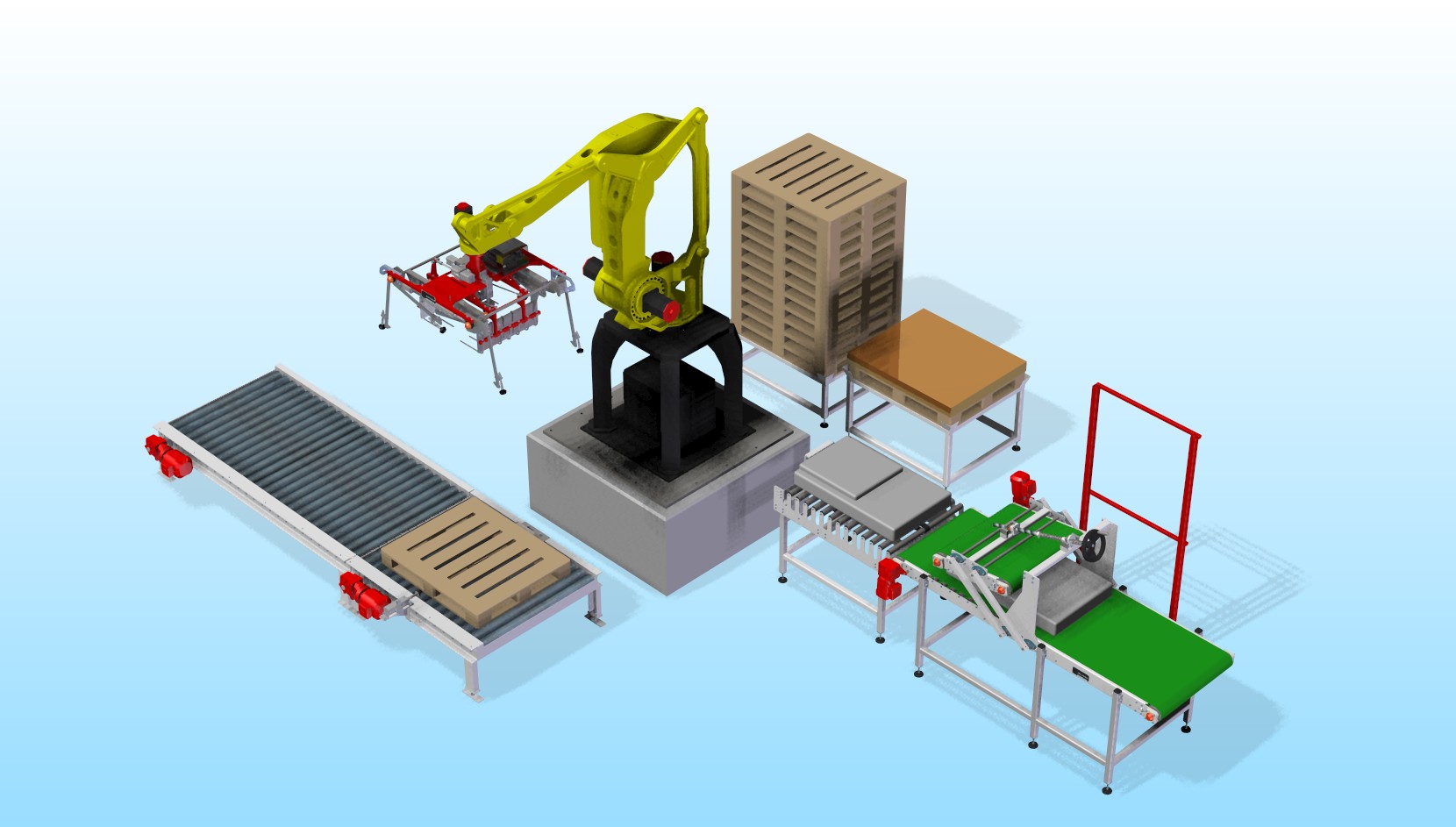
Different projects
mechanical engineering
After my graduation from my bachelor degree in Mechanical Engineering, I worked for 9 months as an mechnical engineer before pursuing a master degree in Industrial Design. In these 9 months I was responsible for the construction, technical drawings, work preparation and assemblations for several machines.
Top image: together with my senior mechanical engineer, we designed an automated line for palletizing cement bags.
Bottom images: I highlight two parts of the automated palletizing line. The bag flattener was designed and constructed by me alone. Moreover, I was responsible for the frame of the robot gripper.

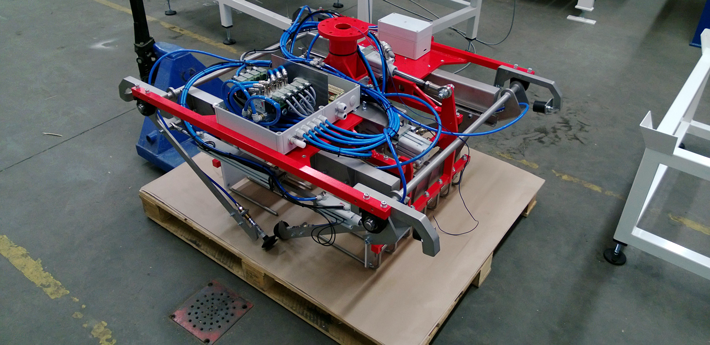
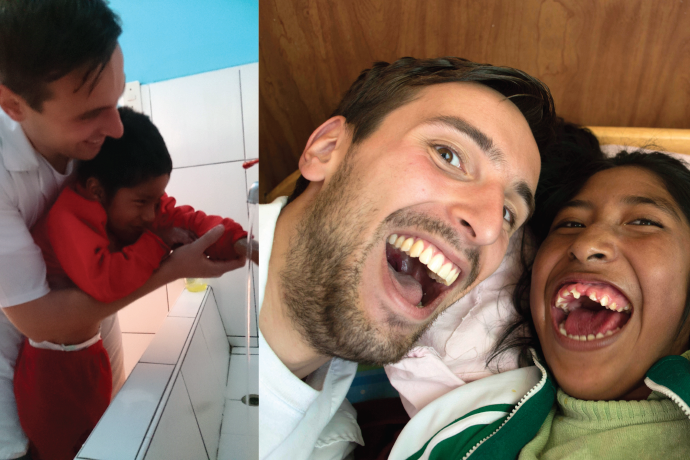
Peru
volunteer work
In order to see my life and the Dutch society from an other perspective, I decided to travel to Cusco, Peru, for 5,5 weeks with MijnBestemmingPeru. In Cusco I volunteered and attended Spanish lessons. The first week I lived together with a Peruvian guest family who solely spoke Spanish. Luckily I took 30 hours of Spanish lessons during my stay. So at the end I was able to have simple conversations about all kinds of topics.
I also volunteered for 4 weeks in Hogar de Madre Teresa de Calcuta, Cusco´s assisted living home for 25 disabled children. Their diagnoses ranged from Down´s syndrome, autism, mental retardation, cerebral palsy, and various congenital deformities, as well as malnutrition. I helped out the undermanned staff with taking care for these children. My activities ranged from physical excercises and changing diapers, to washing the cloths and feeding babies. The care these children received was very basic compared to the Netherlands. During my stay I began wondering in which ways technology can contribute to the development of these children, and even how healthcare concepts can contribute on many levels. This thought has never left me.
The values of the Peruvians were quite different than the Dutch and in some cases even the complete opposite. I admire some of their practices, i.e. a lot of respect for their culture, health, family and nature. But by some of their practices I got irritated: the Peruvians often did not keep their promise and they were extremely bad in charging for dinner. I am now consciously aware of key differences in values that express themselves in the way of living and that these differences in values certainly collide. The only way to overcome these irritations is by accepting and adapting to the practices with your own values.
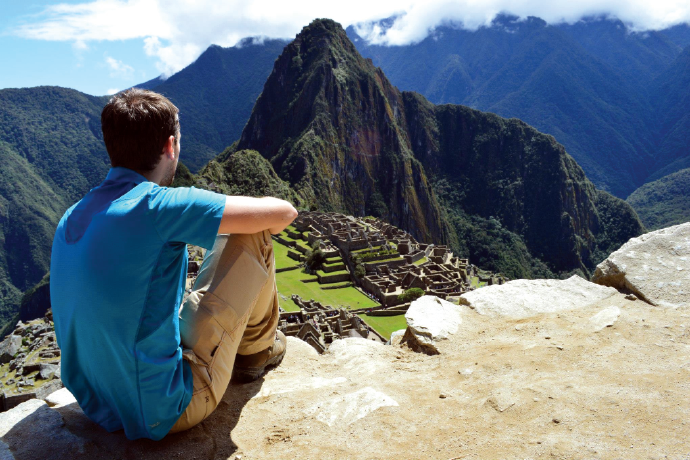
PHIL
master course
GOAL: design and create innovative information products that provide new ways to look at the data by means of interactive data visualizations. This to inspire the data visualizations experts of Philips Design.
GROUP:Jeroen Hol, Joost Liebregts, Anika van der Sanden, Ineke Neutelings, Pepijn Verburg, Sander Biesmans
Our group believes in a life wherein you can be your best self. Stress and diseases are a common part of life. However, the decisions you make can influence your immune system and increase the risk of feeling stressed an being more vulnerable to diseases. Within this master course Philips Design provided us with an extensive dataset as inspiration. Our group used this dataset to create a mobile application to support the user's immune system, named PHIL.
Many mobile applications today give advice based on limited input. Our team does not believe that a computer can provide useful advice and suggestions about your immune syste, based on limited data. Therefore our application PHIL uses your available data to visualize your immune system by looking at your behavior patterns over time. In this way we want to give the user an abstracts visualization tool to reflect and act on how their lifestyle influence his/her immune system.
I contributed to the conceptual design and the design and research process of PHIL. Together with Anika van der Sanden, we programmed the back end of PHIL in which we queried data from a MySQL-database and processes different parameters into 4 output aspects. These 4 output aspects were then visualized by the front end of PHIL.